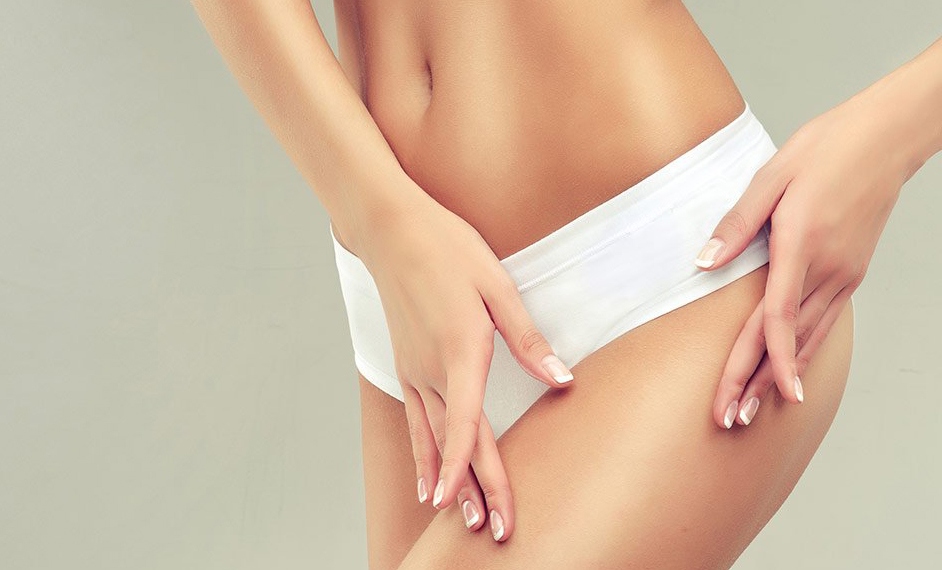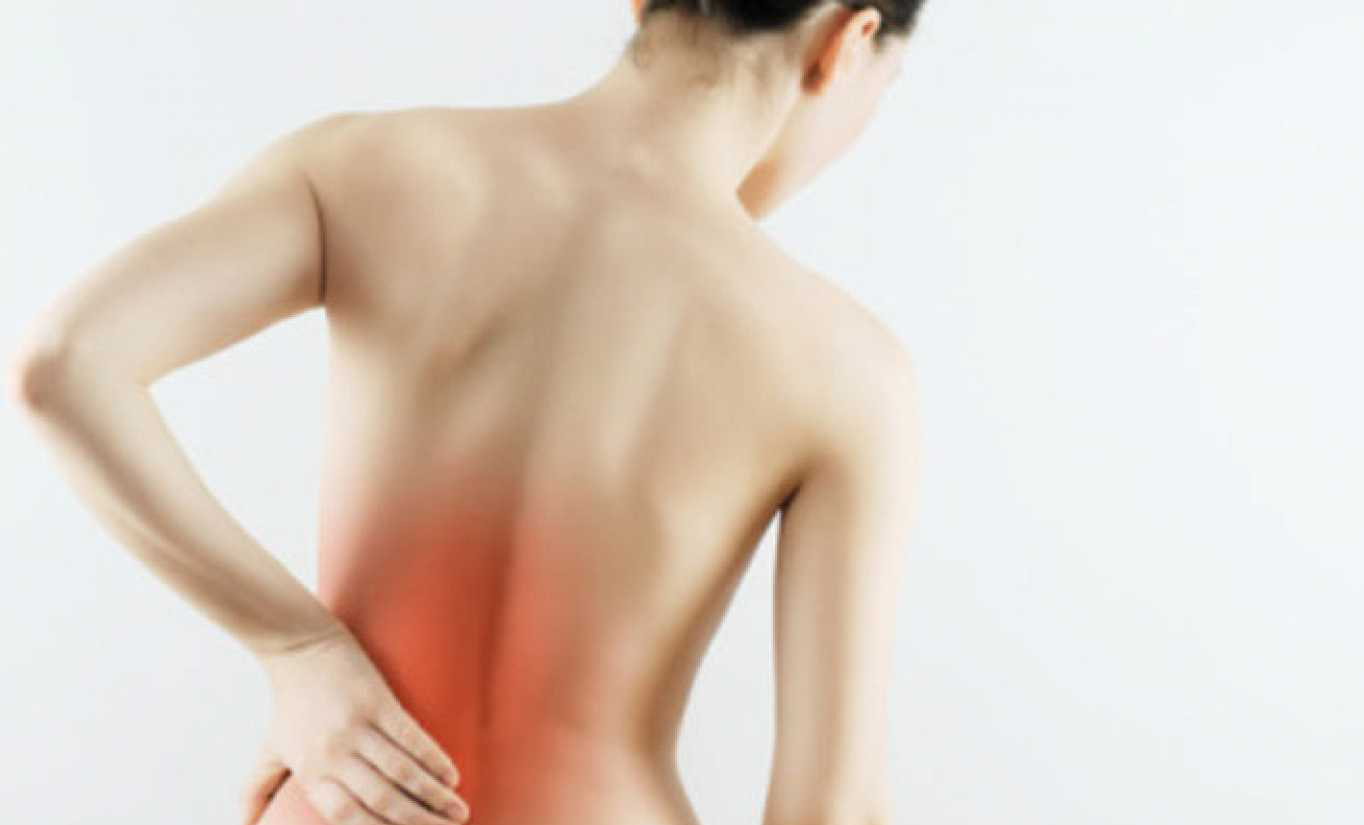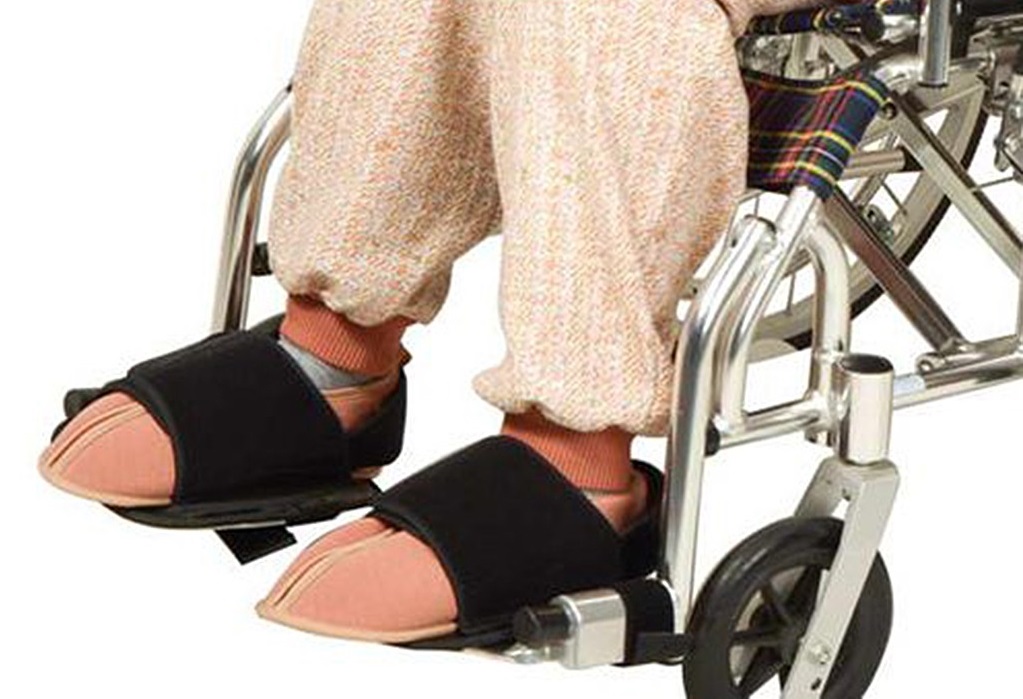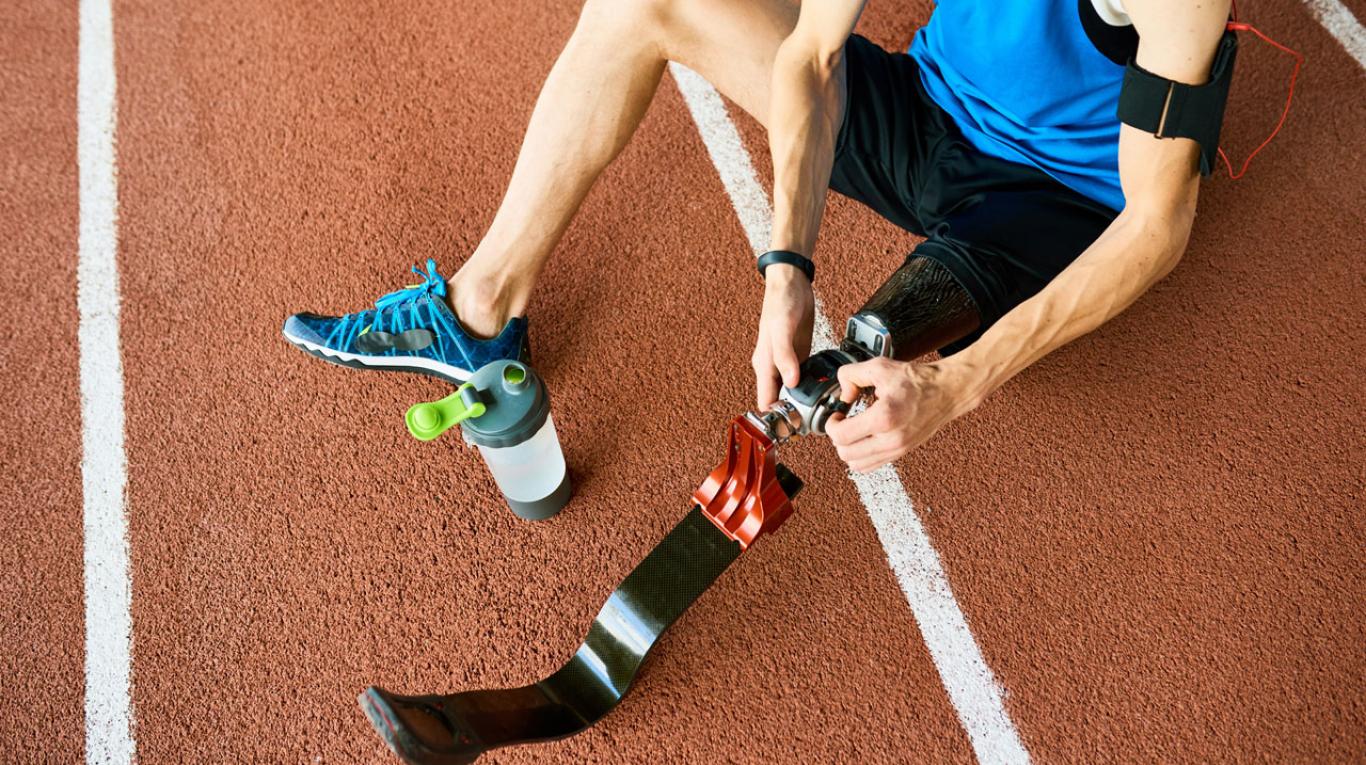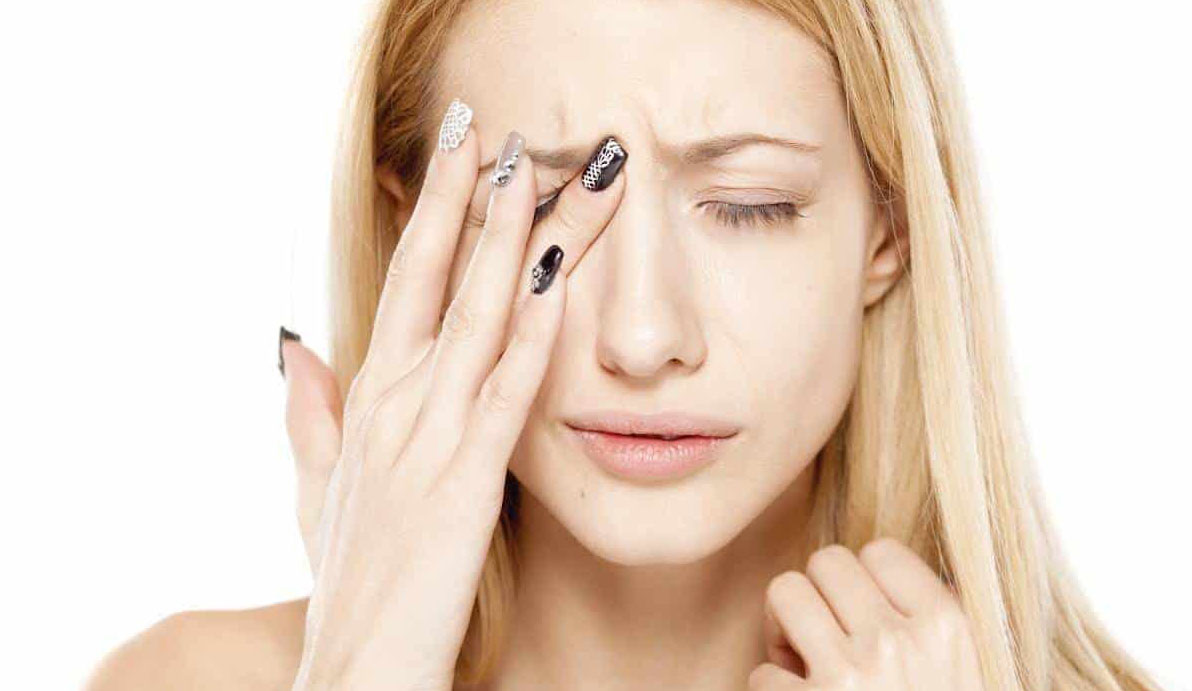[et_pb_section bb_built=”1″][et_pb_row][et_pb_column type=”4_4″][et_pb_text _builder_version=”3.13.1″]
The massage therapy is the sum of several manipulative techniques, and therefore there is no technique that defines the massage therapy itself, and then we expose the most used or known:
- The basic massage: this type of therapy aims to promote the proper functioning of the circulatory system, with the benefit to the cells that this entails: rich supply of oxygen and nutrients, purge of waste elements, and so on. This effect is achieved through a combination of kneading, compressions, long and more or less deep slides, vibrations, stretching and contractions.
- Sports massage: this form of massage therapy is indicated for practitioners of any type of sport. In this case emphasis is placed on the muscular system, as well as on the tendinous or ligamentous structures and their possible dysfunctions (tendinitis, fiber breaks, muscular strains, ligament tears, muscle overloads).
- Lymphatic drainage: they seek to drain the lymphatic material, eliminating interstitial fluid and large particles that can obstruct the correct fluidity of this system and achieve the correct evacuation to the venous system. The benefits are temporary and, therefore, the treatments must be periodic.
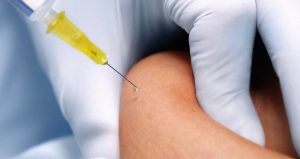
- Aesthetic massage: this form of massage therapy seeks, for example, to break up adipose tissue (clumps of fatty material) by means of specific drainage movements that explode the subcutaneous fat capsules to be absorbed by the body, thus minimizing the ravages of cellulite and orange peel; it also pursues the regeneration of tissues, which results in a smoother and more elastic skin.
- Deep transverse or Cyriax massage: consists of mobilizing the tissue in the exact place of the lesion by friction transverse to the injured structure.
- Myofascial release: the myofascial syndrome refers to a picture of localized pain of muscular origin, consisting of a taut band, identifiable by palpation, and in whose nucleus is the trigger point, commonly known as a knot or ball. One of the most used techniques against this injury is the puncture digit.
Learn more about your health and well-being at Pharmamedic.
[/et_pb_text][/et_pb_column][/et_pb_row][/et_pb_section]

